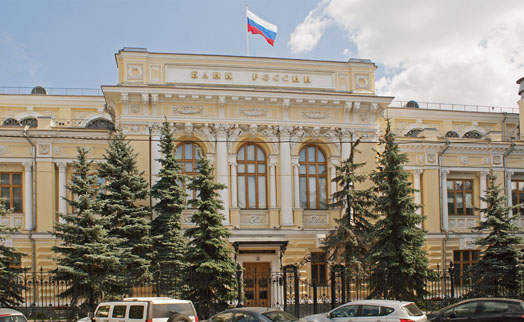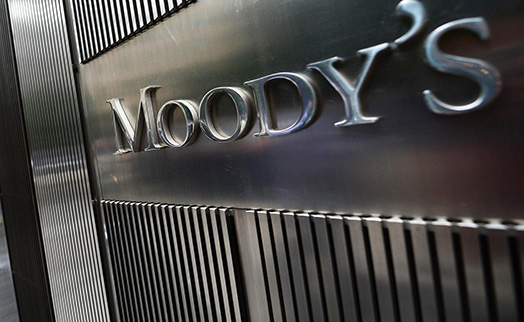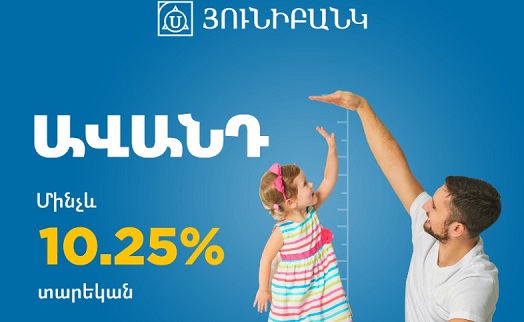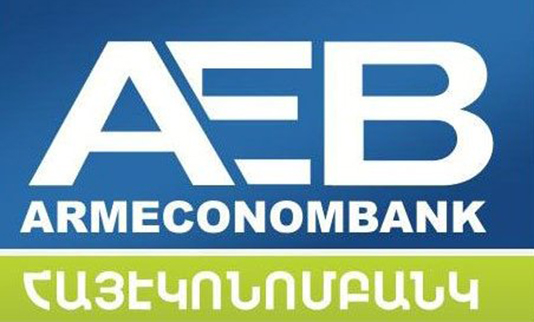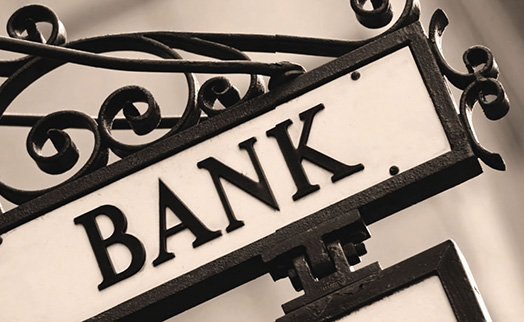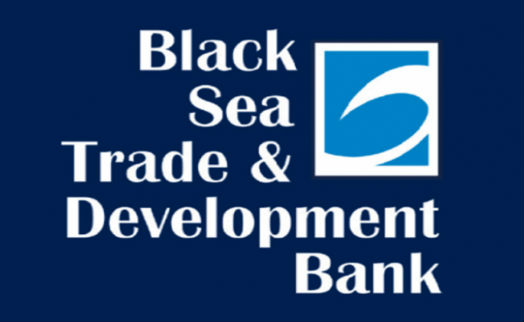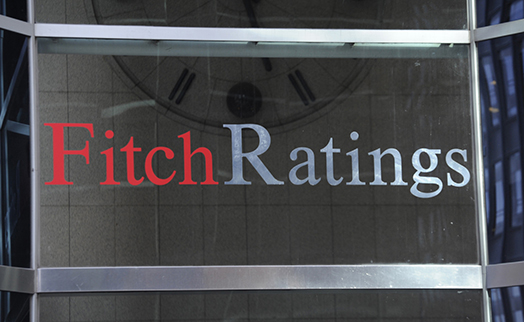11.11.2014 19:29

YEREVAN, November 11. / ARKA /. Moody's Investors Service has today downgraded to B2 from B1 the long-term foreign- and local-currency deposit ratings of Armeconombank (Armenian Economy Devt Bank) (AEB).
Concurrently, Moody's affirmed the bank's Not Prime short-term foreign- and local-currency deposit ratings and standalone E+ bank financial strength rating (BFSR), which is now equivalent to a baseline credit assessment (BCA) of b2 (formerly b1). The outlook on all long-term ratings is stable, while short-term ratings carry no specific outlook.
Moody's assessment is primarily based on AEB's audited year-end 2013 financial statements prepared under IFRS, information received from the bank, latest available unaudited quarterly IFRS reports, as well as statutory financials.
The downgrade of AEB's deposit ratings reflects the bank's (1) weak profitability in recent years and, in Moody's opinion, limited prospects for improvement in the bank's earnings over the medium- to long-term rating horizon (i.e., over the next 18 to 24 months); and (2) modest regulatory capital buffer, which has been on a downward trend in recent years.
AEB has reported weak profitability in recent years (the pre-provision income-to-average equity ratio stood at 5%-11% during the period 2009-13), with credit growth exceeding the bank's internal capital generation in some of these years (including 2012, 2013, and the first three quarters of 2014). AEB's bottom-line profitability is pressured by high operating expenses that have been inflated by the bank's efforts to develop and maintain its branch network. These expenses translate into a high cost-to-income ratio, which has remained at 80%-90% since 2009, and limits the bank's loss absorption buffer.
Moody's expects that, over the over the medium- to long-term (in the next 18 to 24 months), material improvement of AEB's operating efficiency will be constrained by intense competition in the sector, which puts pressure on the bank's revenues and requires additional investments in order to maintain its branch network.
Additionally, AEB's low profitability and credit growth have resulted in decline of the bank's capital cushion in recent years. The regulatory capital adequacy ratio declined to 13.2% as at end-September 2014 from 15.5% as at year-end 2011 (YE2010: 18.9%), which is now only moderately above the minimum required level of 12%.
At the same time, AEB's ratings are supported by a track record of good asset quality, with historic cost of risk not exceeding 2%. According to the bank, loans overdue more than 90 days accounted for 0.4% of the gross loan book as at end-June 2014 and were fully covered by reserves.
The bank's asset quality benefits from moderate borrower concentration, which is lower than average for single-b rated banks (the top 20 loans accounted for 123% of the bank's Tier 1 capital at end-May 2014).
Moody's also notes the bank's adequate liquidity profile. AEB's significant amount of liquid assets (accounting for a third of total assets as at Q3 2014) sufficiently mitigates risks stemming from maturity mismatches on the bank's balance sheet.
Moody's might consider upgrading AEB's ratings if the bank significantly enhances its loss absorption capacity (i.e., pre-provision profitability and capital cushion), while maintaining its adequate asset quality metrics and liquidity profile. Moody's would also consider any notable strengthening of the bank's market position to be a credit positive factor.
Any further decline AEB's capital adequacy metrics or evidence of material asset-quality impairment and weakening of the liquidity profile will have negative rating implications for the bank. ($1 – 415.30 drams). -0-
Read the news first and discuss them in our Telegram
Tags:






